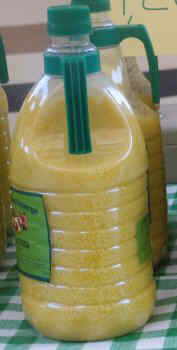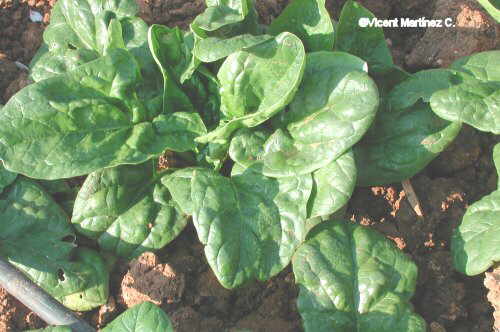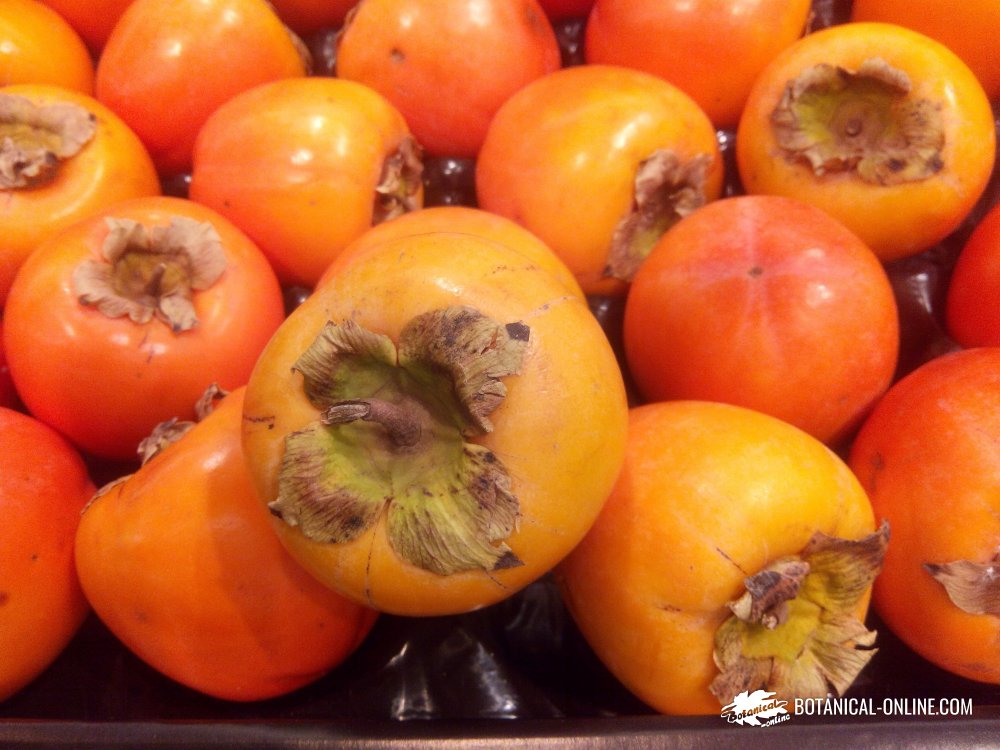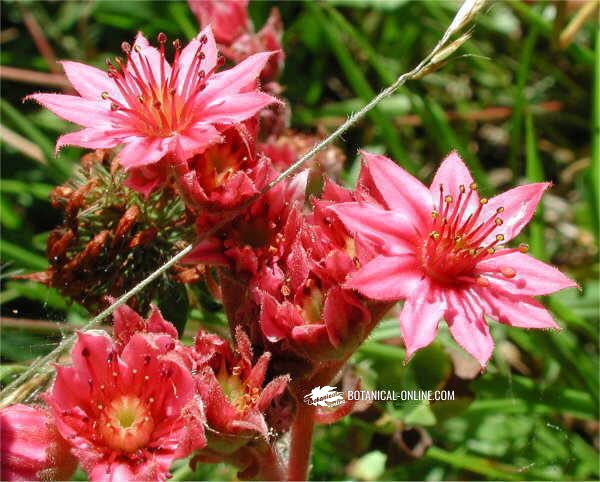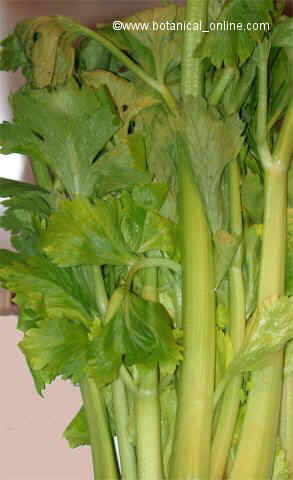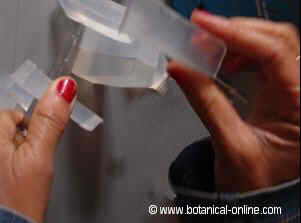Contents
- 1 Herbal remedies and other natural remedies for poor circulation in the legs
- 1.1 HERBAL TREATMENT OF BAD CIRCULATION IN THE LEGS
- 1.2 Phytotherapy: Medicinal plants for circulation in the legs
- 1.3 Main herbal remedies for poor circulation in the legs
- 1.4 SUPPLEMENTS FOR BAD CIRCULATION IN THE LEGS
- 1.5 Vitamins and minerals and other supplements for poor circulation of the legs
- 1.6 AROMATHERAPY FOR BAD CIRCULATION
- 1.7 Essential oils for poor circulation in the legs
- 1.8 Other natural resources: How to improve poor circulation in the legs?
Herbal remedies and other natural remedies for poor circulation in the legs
HERBAL TREATMENT OF BAD CIRCULATION IN THE LEGS
Phytotherapy: Medicinal plants for circulation in the legs
Medicinal plants used for the treatment of poor circulation of the legs are generally the same as those used for poor circulation in general (see remedies for poor circulation).
However, we can focus on those plants that are especially useful for the specific treatment of poor circulation in the legs.
Main herbal remedies for poor circulation in the legs
We can point out the following medicinal plants:
 Ginkgo leaves
Ginkgo leaves
- Ginkgo (Ginkgo biloba): It has been shown how the use of extracts from this plant can improve one of the most painful and limiting circulatory diseases of the legs that usually appear among the elderly: intermittent claudication. (The usual dose is estimated at about 120 mg per day divided into three doses)
- Horse chestnut (Aesculus hippocastanum) The safest way to take this product is through a standard complement of aescine that can be found in pharmacies and herbalists. Usual doses are usually about 500 mg daily in the morning) (Liquid can be used resulting from the decoction of the crust.A teaspoon per glass of water.Take a couple of cups a day)
- Witch hazel : (Hamamelis virginiana) Scrubs made with witch hazel water can help decrease leg pain and prevent the occurrence of diseases caused by poor venous return or poor circulation. This treatment will alleviate pain, decrease swelling and be able to prevent the occurrence of diseases of poor circulation in the lower extremities such as varicose veins or phlebitis.
 Common rue
Common rue - Common rue (Ruta graveolens): For its properties to tone the blood vessels and improve circulation (Drops of fluid extract, about 12 drops a day distributed in 2 shots)
- Cayenne Pepper Cream: With cayenne pepper, rich in capsaicin, creams are made which externally applied on the legs can improve circulation.
- Artichoke extract: Its main virtue lies in the ability of its acids to reduce blood cholesterol, lower blood pressure, and also to prevent atherosclerosis
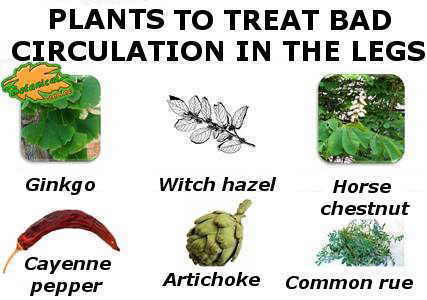
Main medicinal plants for the treatment of poor circulation in the legs, drawing Produced by © Botanical-online
SUPPLEMENTS FOR BAD CIRCULATION IN THE LEGS
Vitamins and minerals and other supplements for poor circulation of the legs
- Vitamin E: This vitamin is suitable for those with poor circulation in the legs, over all those who suffer from calf cramps or leg muscles when walking or painful calf cramps during the night. (For improvement, initial doses of 200 IU daily are recommended and increased to 400 or 500 IU)
- Niacin (Vitamin B3): Niacin produces a relaxation of blood vessels which increases their elasticity and improves circulation. The administration of niacin supplements is interesting in diseases that are caused by poor circulation, such as poor circulation in the legs or poor circulation in the hands. (1500 mg of inositol hexaniacinate divided into 3 daily doses)
AROMATHERAPY FOR BAD CIRCULATION
Essential oils for poor circulation in the legs
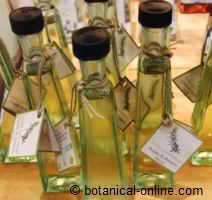 Photo of rosemary essential oil
Photo of rosemary essential oil
Rosemary essential oil or geranium essential oil are used to relieve poor circulation in the legs.
Other natural resources: How to improve poor circulation in the legs?
- Massage in the legs, feet and calves: Massages of legs and feet favor circulation in the legs. It is important that these are performed by a professional masseuse.
- Make foot baths with hot and cold water: Bathing your feet with warm water and immediately applying cold water helps improve circulation in the legs and feet. Hot water draws blood to the outside of the blood vessels of the lower limbs (hence the skin turns red).
Cold water sends the blood back to the interior. In this way a movement is produced that favors the blood circulation.
The greater the contrast between hot water and cold water the better the efficiency of the bath. However be careful not to burn. It is also important to get accustomed to the body gradually to this temperature difference.
![]() More information on bad circulation in the legs.
More information on bad circulation in the legs.

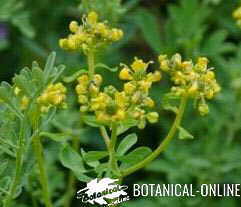 Common rue
Common rue